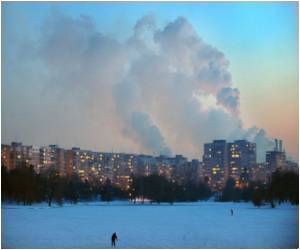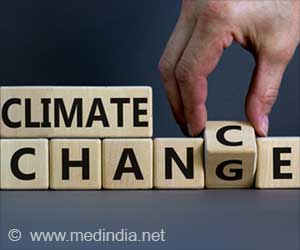Apart from the particulate matter scale, China’s energy use and per capita carbon-dioxide emissions were also three times as much as in India.

While the average exposure to air pollution has improved significantly for Europe and Central Asia, and marginally for the Latin America and the Caribbean and the Middle East Pollution hotspots, it has worsened since 1990 for the East Asia and Pacific and the South Asia regions and remained the same for Sub-Saharan Africa.
As per the report, “China’s per capita CO2 emission was 6.2 metric tones, compared with India’s 1.7 metric tones and North Africa regions.”
World Bank has been publishing this report every year for the last 15 years and this year included new indicators on ambient air pollution in both urban and rural areas—measured by particulate matter less than 2.5 microns in diameter (PM2.5).
China’s mean annual exposure to PM2.5 pollution was 73 micrograms per cubic meter while India’s level stood at 32 micrograms per cubic meter. However, the PM2.5 exposure for both India and China is beyond the World Health Organization’s recommended level of 10 micrograms per cu. m or less.
“Overall, this indicates pollution is high and more pervasive across China that also has 60% urbanization rate. But India with half the urbanization rate has more concentrated pollution hotspots. So India must act on time to prevent the rapid proliferation of more pollution hotspots,” said Anumita Roychowdhury, Executive director at the Center for Science and Environment (CSE), an environmental non-governmental organization.
 MEDINDIA
MEDINDIA




 Email
Email




